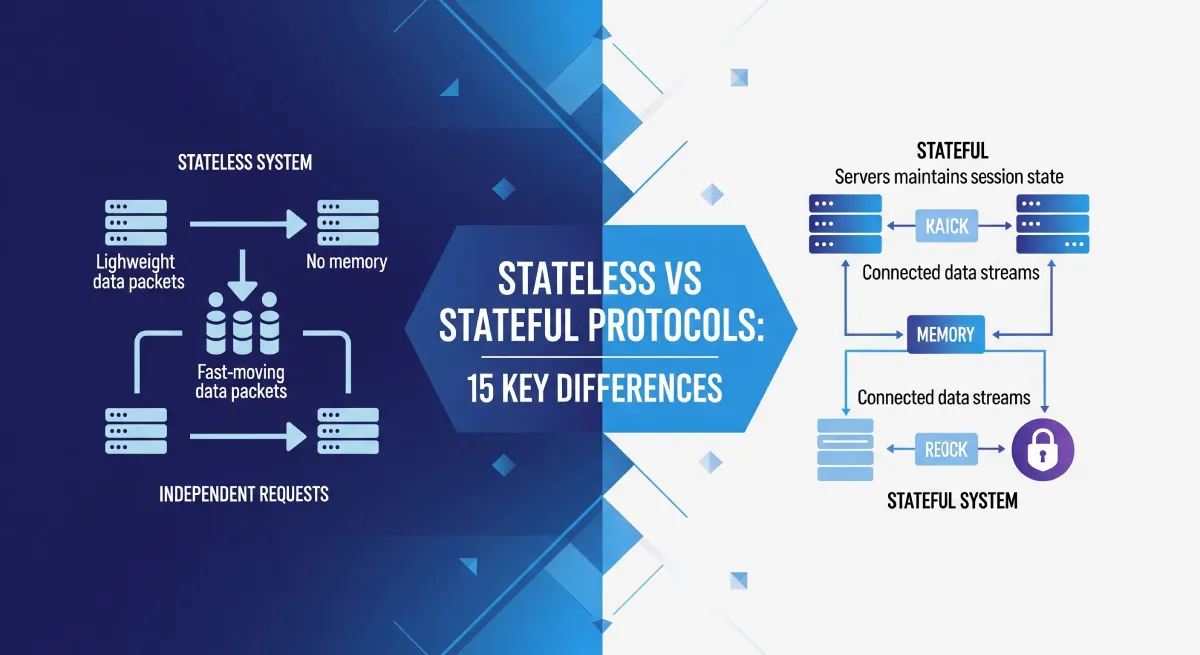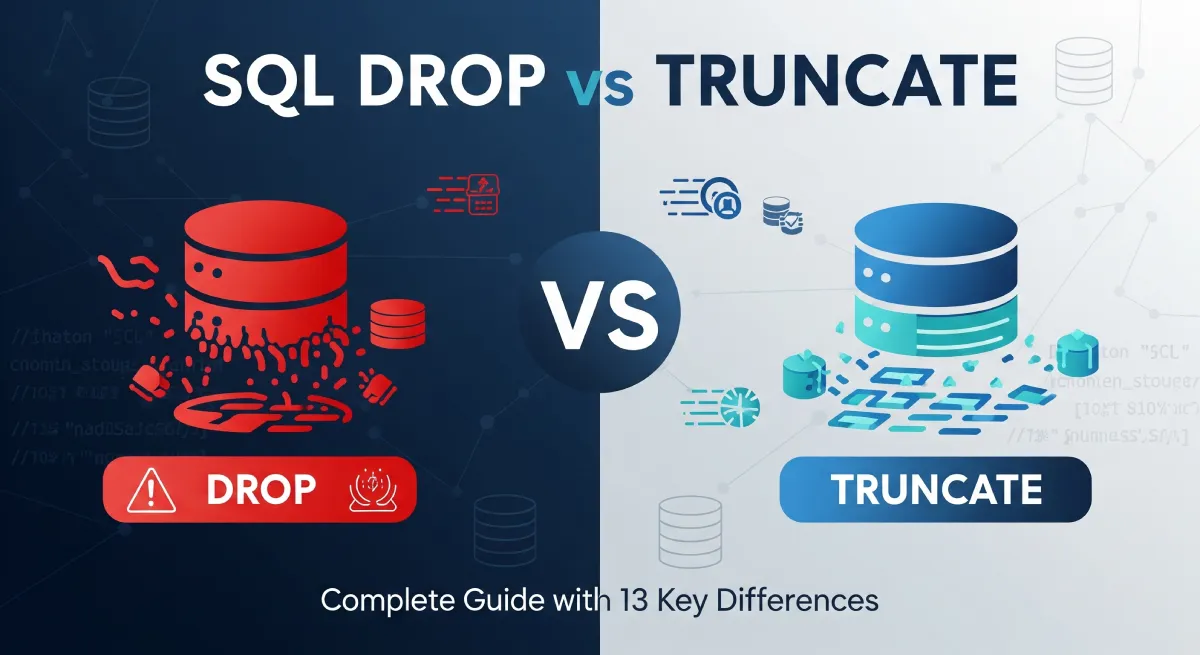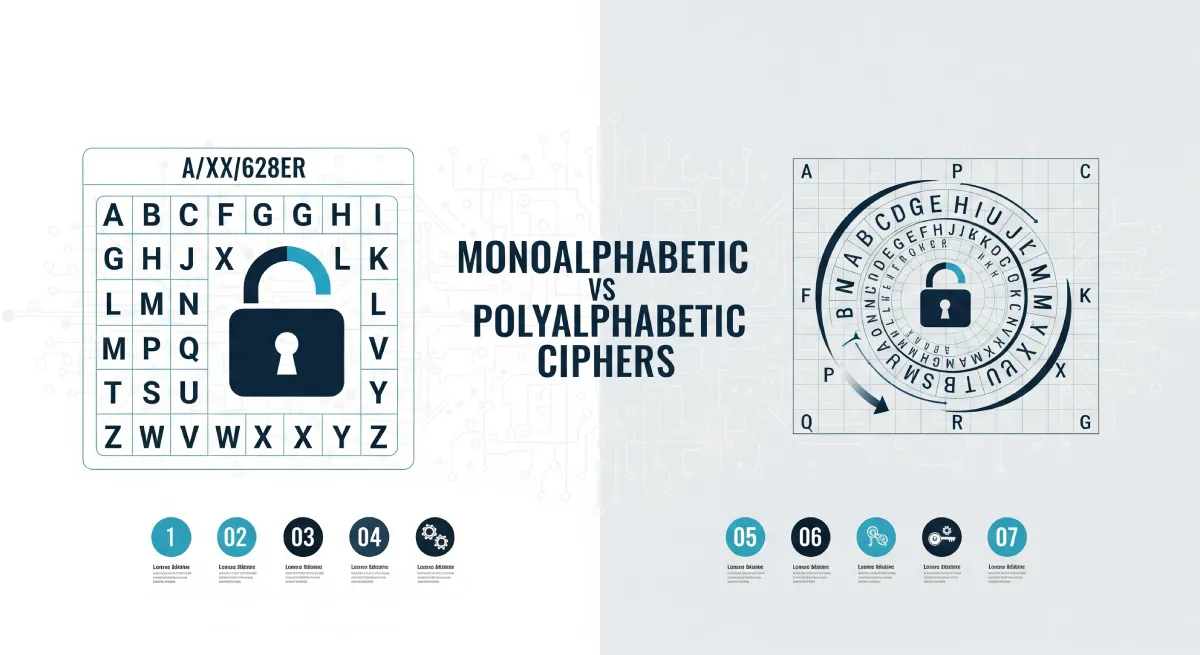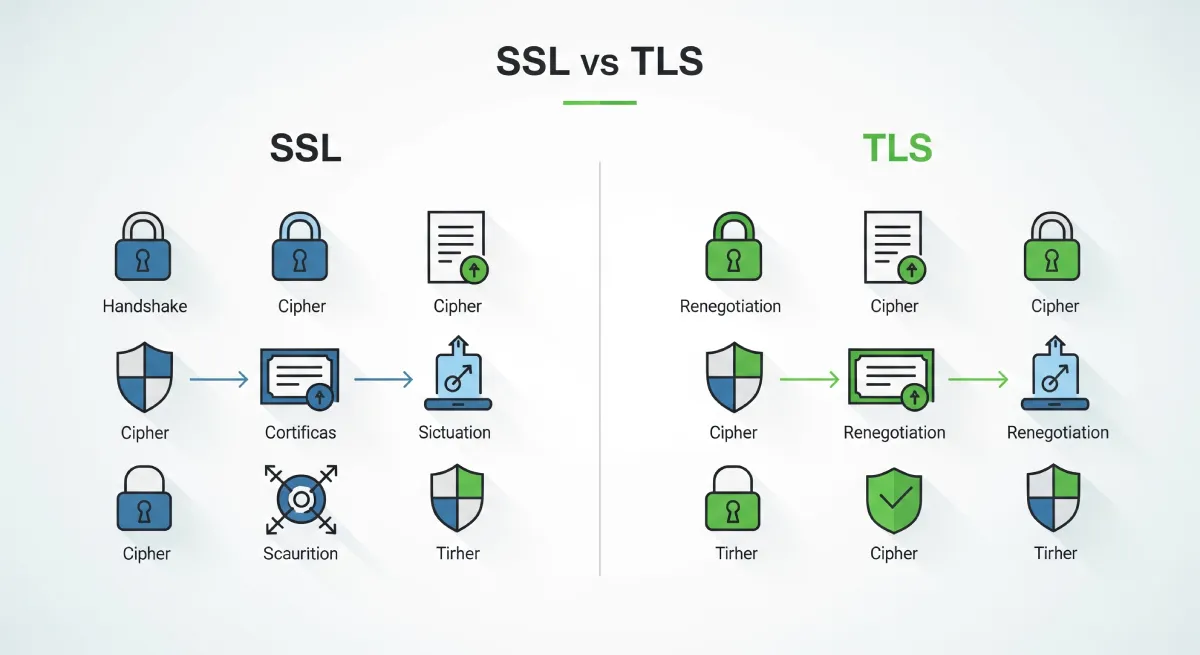Introduction
In the world of programming, memory allocation plays a crucial role in optimizing code performance. Two common methods used for memory allocation are static and dynamic memory allocation. If you’re a beginner looking to understand and leverage these techniques effectively, you’ve come to the right place. In this comprehensive guide, we will demystify static and dynamic memory allocation, providing you with valuable insights and knowledge to enhance your coding skills.
Understanding Static Memory Allocation
Static memory allocation refers to the allocation of memory at compile-time. It involves assigning memory to variables before the program execution begins. One of the key characteristics of static memory allocation is that the memory size is determined during the program’s compilation phase. Variables allocated statically have a fixed size and remain in memory throughout the program’s execution.
Exploring Dynamic Memory Allocation
On the other hand, dynamic memory allocation involves allocating memory at runtime. Unlike static memory allocation, the size of dynamically allocated memory can vary based on program requirements. Dynamic memory allocation provides flexibility in managing memory resources during program execution. It allows for the creation and deletion of variables as needed, which can be beneficial in scenarios where the memory requirements are unknown or change dynamically.
Pros and Cons of Static and Dynamic Memory Allocation
Static Memory Allocation Pros:
Predictable memory usage: Static memory allocation allows for a predictable memory footprint since the memory requirements are determined at compile-time.
Faster access: Variables allocated statically have a fixed memory address, resulting in faster access and retrieval.
Static Memory Allocation Cons:
Limited flexibility: Static memory allocation may lead to memory wastage when variables are allocated but not fully utilized.
Lack of scalability: The fixed memory size allocated statically can limit the scalability of the program when dealing with dynamic data structures.
Dynamic Memory Allocation Pros:
Flexibility in memory management: Dynamic memory allocation provides the flexibility to allocate and deallocate memory resources as needed.
Efficient memory utilization: With dynamic memory allocation, memory is allocated only when required, leading to efficient memory utilization.
Dynamic Memory Allocation Cons:
Potential for memory leaks: Improper management of dynamically allocated memory can lead to memory leaks and degrade program performance.
Slower access: Compared to static memory allocation, accessing dynamically allocated memory involves an additional level of indirection, resulting in slightly slower access times.
Key difference between static vs. dynamic memory allocation
| Point | Static Memory Allocation | Dynamic Memory Allocation |
|---|---|---|
| Memory Allocation | Occurs during compile-time | Occurs during runtime |
| Memory Size | Fixed size | Variable size |
| Memory Management | Compiler manages memory allocation and deallocation | Programmer manages memory allocation and deallocation |
| Flexibility | Less flexible | More flexible |
| Memory Utilization | Can lead to memory wastage if not fully utilized | Efficient memory utilization |
| Scope | Variables have global scope or local scope | Variables have local scope |
| Allocation Time | Static memory allocation is done at the beginning of program execution | Dynamic memory allocation can be done at any point during program execution |
| Memory Allocation Duration | Remains allocated throughout the program’s execution | Can be allocated and deallocated multiple times during program execution |
| Error Handling | Static memory allocation errors are detected at compile-time | Dynamic memory allocation errors are detected at runtime |
| Efficiency | Static memory allocation is generally more efficient | Dynamic memory allocation may have some overhead due to runtime management |
Best Practices for Memory Allocation
To make the most of static and dynamic memory allocation, here are some best practices to follow:
Plan your memory requirements: Understand your program’s memory needs and determine whether static or dynamic memory allocation is more suitable.
Avoid memory leaks: Properly manage dynamically allocated memory by deallocating it when no longer needed.
Optimize memory usage: Avoid unnecessary memory allocations and deallocations to enhance program efficiency.
Use appropriate data structures: Choose the right data structures and algorithms to minimize memory usage and improve performance.
Consider platform limitations: Take into account the platform’s memory limitations and constraints when allocating memory.
Conclusion
Static and dynamic memory allocation are fundamental concepts in programming that significantly impact code performance. By understanding the differences and best practices associated with these techniques, you can optimize your code and improve efficiency. Whether you choose static or dynamic memory allocation, it’s essential to consider the specific requirements of your program and apply the appropriate memory management strategies.




